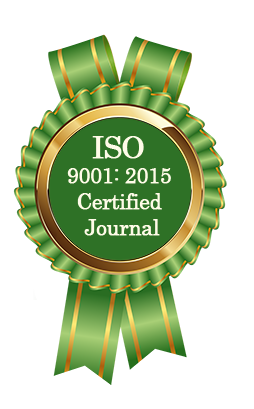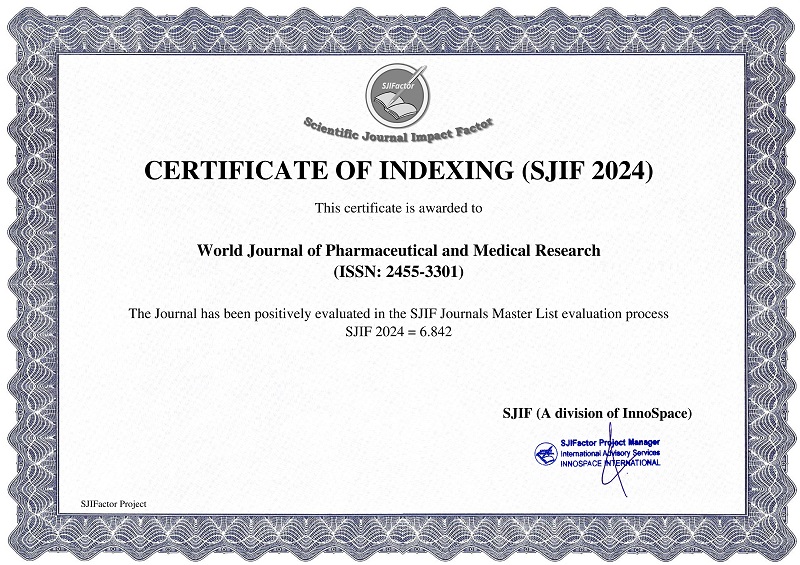THE ROLE OF COPPER NANOPARTICLES ON ANTI-MICROBIAL ACTIVITY OF TOTAL ETCH ADHESIVE AND SELF ETCH ADHESIVE SYSTEMS
*Dr. Akshita Balivada, Dr. Maitreyi J. Desai, Dr. R. Vinay Chandra and Dr. K. J. Nanda Kishore
ABSTRACT
Several investigations have been conducted which revealed microgaps at the interface between dentin and adhesive restorations in vivo. This implies that even the latest adhesive systems are not capable of producing a complete seal in clinical situations. Once invaded ,bacteria proliferate at the bonding interface, permeate the unsealed dentinal tubules, and may cause pulpal responses. Therefore, the possibility of adhesive systems having antibacterial effects is attractive with respect to the prevention of infections. With this in mind, the objective of this study is to evaluate and compare the effect of addition of copper nanoparticles on anti-microbial activity of total etch adhesive and self etch adhesive systems. Methodology: Two systems were used. 3M ESPE Adper Single Bond 2 and Neofill Self Etch 7th Generation Bonding agent. Experimental adhesives were formulated by incorporating copper nanoparticles into the adhesives. Four Groups were made: G1: Total etch adhesive + 0 wt.% copper nanoparticles (Negative Control), G2: Total etch adhesive + 1 wt.% copper nanoparticles, G3: Self etch adhesive + 0 wt. % copper nanoparticles (Negative Control), G4: Self etch adhesive + 1 wt. % copper nanoparticles .The antimicrobial activity of adhesives against Streptococcus after 12 hours and 24 hours was measured and compared. Results: There is a statistically significant difference on antimicrobial activity once the copper nano particles are incorporated, but no statistically significant difference between antimicrobial activity of G2 and G4.There is a significant difference in the antimicrobial activity between 12 and 24 hours.
[Full Text Article] [Download Certificate]



